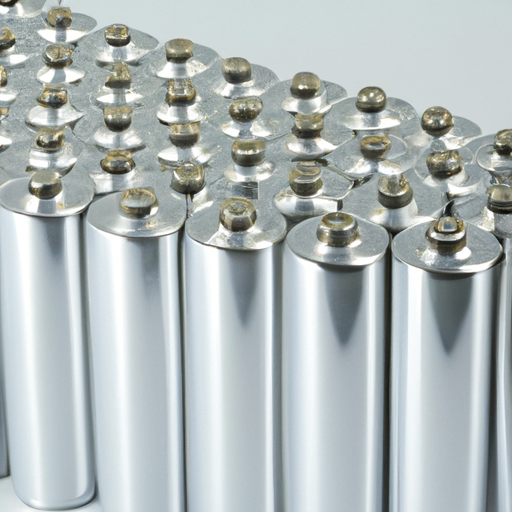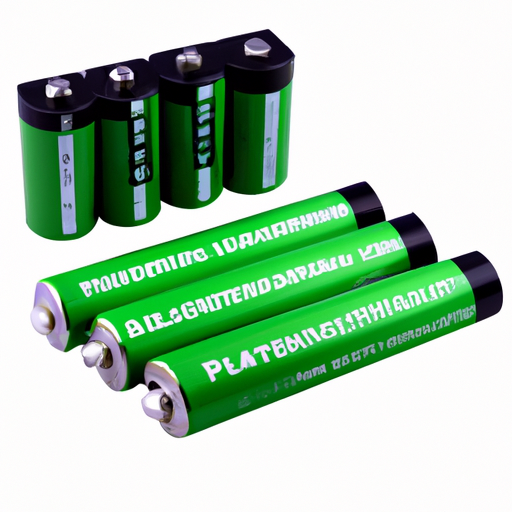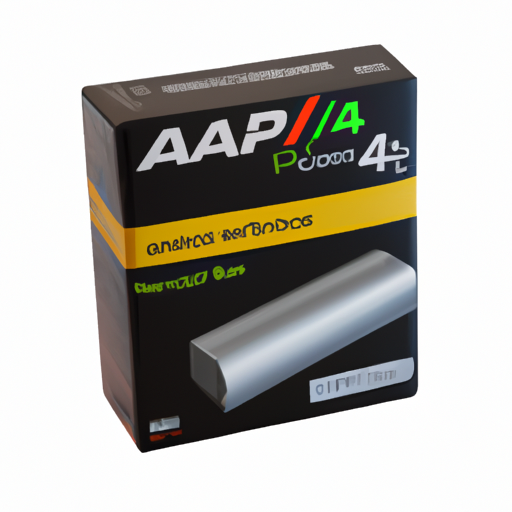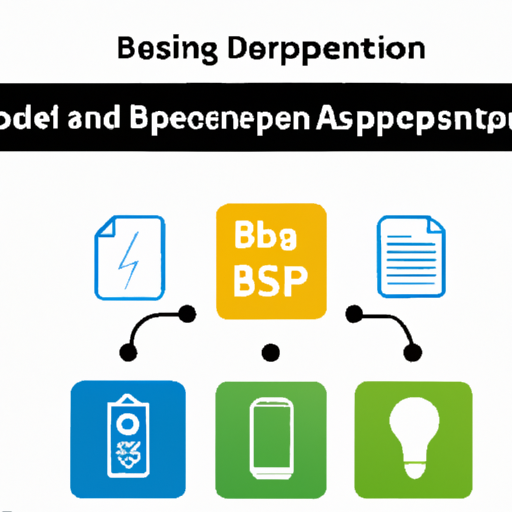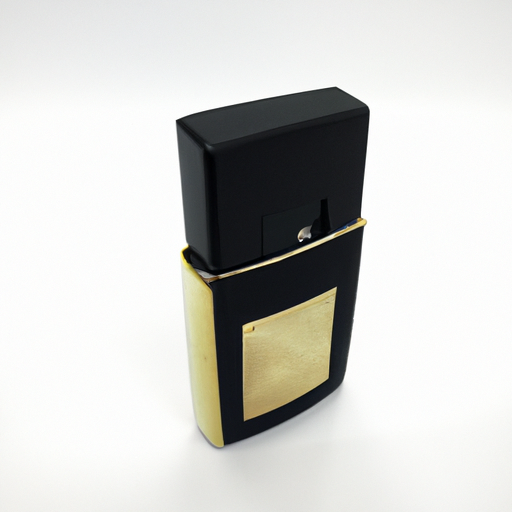What Kind of Product is the Cylindrical Aluminum Shell Battery?
I. Introduction
Cylindrical aluminum shell batteries represent a significant advancement in battery technology, combining the benefits of lightweight materials with robust structural integrity. As the demand for efficient energy storage solutions continues to rise, understanding the characteristics and applications of these batteries becomes increasingly important. This article will explore the historical context, design, advantages, applications, challenges, and future trends associated with cylindrical aluminum shell batteries.
II. Historical Context
A. Evolution of Battery Technology
The journey of battery technology began in the 19th century with the invention of the voltaic pile, the first true battery. Over the years, various designs emerged, including lead-acid and nickel-cadmium batteries. However, the introduction of cylindrical shapes marked a pivotal moment in battery design, allowing for better packing density and heat dissipation.
B. Development of Aluminum as a Battery Casing Material
Aluminum has gained popularity as a battery casing material due to its unique properties. It is lightweight, corrosion-resistant, and has excellent thermal conductivity. The transition to aluminum casings began in the late 20th century, with manufacturers recognizing the advantages of aluminum over traditional materials like steel and plastic. This shift has led to significant milestones in battery technology, enhancing performance and longevity.
III. Design and Structure of Cylindrical Aluminum Shell Batteries
A. Physical Characteristics
Cylindrical aluminum shell batteries come in various dimensions and shapes, typically resembling a soda can. The use of aluminum allows for a thinner shell without compromising strength, which is crucial for applications requiring lightweight solutions.
B. Internal Components
The internal structure of these batteries consists of several key components:
1. **Electrolytes**: The electrolyte facilitates the movement of ions between the anode and cathode, playing a critical role in the battery's overall performance.
2. **Anodes and Cathodes**: These electrodes are essential for the electrochemical reactions that generate electrical energy. The choice of materials for anodes and cathodes significantly impacts the battery's efficiency and capacity.
3. **Separator Materials**: Separators prevent short circuits by keeping the anode and cathode apart while allowing ionic movement. The choice of separator material can influence the battery's safety and performance.
C. Manufacturing Processes
The production of cylindrical aluminum shell batteries involves several techniques:
1. **Producing Aluminum Shells**: Aluminum is typically formed into cylindrical shapes through processes like extrusion or stamping, ensuring uniform thickness and strength.
2. **Assembly of Battery Components**: Once the shells are produced, the internal components are assembled in a controlled environment to prevent contamination and ensure optimal performance.
IV. Advantages of Cylindrical Aluminum Shell Batteries
A. Lightweight and Durable
One of the most significant advantages of cylindrical aluminum shell batteries is their lightweight nature. This characteristic is particularly beneficial in applications such as electric vehicles (EVs) and portable electronics, where weight reduction can enhance performance and efficiency.
B. Thermal Management
Cylindrical aluminum shell batteries excel in thermal management due to aluminum's excellent heat dissipation properties. This capability helps maintain optimal operating temperatures, reducing the risk of overheating and prolonging battery life.
C. Cost-Effectiveness
When compared to other battery types, cylindrical aluminum shell batteries often prove to be more cost-effective. The lower material costs and efficient manufacturing processes contribute to reduced overall production expenses, making them an attractive option for manufacturers.
D. Environmental Considerations
Aluminum is highly recyclable, making cylindrical aluminum shell batteries a more sustainable choice. The ability to recycle aluminum reduces waste and the environmental impact associated with battery production, aligning with global sustainability goals.
V. Applications of Cylindrical Aluminum Shell Batteries
A. Consumer Electronics
Cylindrical aluminum shell batteries are widely used in consumer electronics, powering devices such as smartphones, laptops, and tablets. Their lightweight and compact design allows for longer battery life and improved portability.
B. Electric Vehicles (EVs)
In the realm of electric vehicles, cylindrical aluminum shell batteries play a crucial role in battery packs. Their efficient energy storage capabilities and lightweight design contribute to the overall performance and range of EVs, making them a preferred choice for manufacturers.
C. Renewable Energy Storage
As the world shifts towards renewable energy sources, cylindrical aluminum shell batteries are increasingly integrated into solar and wind energy systems. They provide reliable energy storage solutions, enabling the efficient use of renewable energy.
D. Industrial Applications
Cylindrical aluminum shell batteries are also utilized in various industrial applications, including power tools and machinery. Their durability and lightweight nature make them ideal for demanding environments where performance and reliability are paramount.
VI. Challenges and Limitations
A. Performance Issues
Despite their advantages, cylindrical aluminum shell batteries face performance challenges. Energy density limitations can restrict the amount of energy stored, impacting the overall efficiency of the battery. Additionally, issues related to cycle life and degradation can affect long-term performance.
B. Safety Concerns
Safety is a critical consideration in battery technology. Cylindrical aluminum shell batteries are not immune to risks such as thermal runaway, which can lead to overheating and potential hazards. Proper handling and disposal are essential to mitigate these risks.
C. Competition with Other Battery Technologies
Cylindrical aluminum shell batteries face competition from other battery technologies, such as lithium-ion and solid-state batteries. As the market evolves, manufacturers must continuously innovate to maintain a competitive edge.
VII. Future Trends and Innovations
A. Research and Development in Battery Technology
Ongoing research and development efforts are focused on enhancing battery performance through advances in materials science and innovative design. These efforts aim to address current limitations and improve the overall efficiency of cylindrical aluminum shell batteries.
B. Potential for Hybrid Systems
The future may see the emergence of hybrid systems that combine cylindrical aluminum shell batteries with other technologies. Such integrations could enhance performance and open new avenues for energy storage solutions.
C. Market Predictions and Growth Opportunities
As the demand for energy storage solutions continues to grow, the market for cylindrical aluminum shell batteries is expected to expand. Manufacturers who invest in research and development will likely find significant growth opportunities in various sectors.
VIII. Conclusion
Cylindrical aluminum shell batteries represent a vital component of modern energy storage solutions. Their lightweight, durable design, coupled with excellent thermal management and cost-effectiveness, makes them suitable for a wide range of applications. While challenges remain, ongoing research and innovation promise a bright future for these batteries in the ever-evolving landscape of energy technology. As we move forward, further exploration and development in battery technologies will be essential to meet the growing energy demands of our world.
IX. References
1. "Advancements in Battery Technology: A Review," Journal of Energy Storage, 2022.
2. "The Role of Aluminum in Battery Manufacturing," Materials Science Journal, 2021.
3. "Cylindrical Battery Design: Trends and Innovations," Battery Technology Review, 2023.
4. "Sustainability in Battery Production: The Case for Aluminum," Environmental Science & Technology, 2022.
This blog post provides a comprehensive overview of cylindrical aluminum shell batteries, highlighting their significance in the current and future energy landscape.

